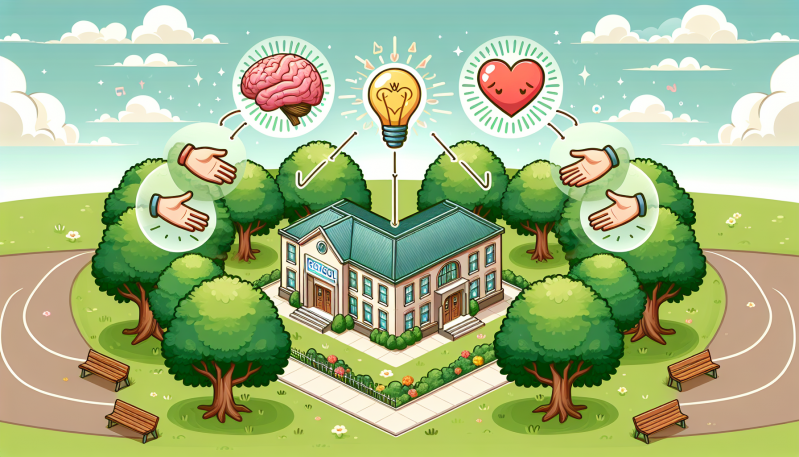In the dynamic landscape of modern education, emotional resilience is becoming an increasingly invaluable attribute for young minds navigating the complexities of growth and learning. As a Corporate Trainer and Coach with a focus on the well-being of school communities, I have witnessed firsthand the incredible impact that fostering emotional resilience can have on students.
At the core of emotional resilience is the ability to cope with challenges and bounce back from setbacks. It’s about developing a toolkit of strategies and mindsets that enable children and adolescents to handle the pressures of school and life with grace and confidence.
One might wonder why emotional resilience is so essential. The answer lies in the recognition that, in today’s world, academic skills alone are not enough. The volatility of our times, with its rapid technological changes and social shifts, demands that our young people are equipped with solid emotional grounding.
How, then, can we weave emotional wellness into the very fabric of education? The integration must be collaborative, involving educators, parents, and the students themselves. Together, we can create an environment that values and nurtures the emotional well-being of every child.
The strategies for creating an emotionally resilient student body are multifaceted. Firstly, mindfulness practices can be an oasis of calm in the hustle of the school day. Simple breathing exercises or moments of stillness can help students manage stress and become more present.
Secondly, Social-Emotional Learning (SEL) programs are a powerful way to teach students the skills required for emotional resilience. Through SEL, students learn to recognize and manage their emotions, set and achieve positive goals, demonstrate empathy for others, establish and maintain positive relationships, and make responsible decisions.
Moreover, the strength of the school community is pivotal. Building strong, supportive relationships among students, teachers, and parents lays a foundation of trust and understanding which acts as a safety net for everyone involved in the education system.
The implementation of these strategies has been shown to improve overall student well-being, which in turn enhances academic success. Children who feel emotionally secure are more likely to engage in learning and perform better academically. Furthermore, these emotionally resilient students are better prepared for life beyond school, ready to handle the challenges of the wider world with competence and poise.
The role that technology plays in emotional wellness cannot be ignored. While it has the potential to hinder social skills if overused or misused, technology also offers tremendous opportunities for promoting emotional resilience. Digital citizenship can be taught to encourage responsible online behavior, kindness, and understanding.
In our embrace of technology, we must also be careful not to let it replace the invaluable human connections that are so essential to our well-being. We must educate our children on how to use technology as a tool for good, and not let it become a barrier between them and the world around them.
In conclusion, the cultivation of emotional resilience in schools is a critical, collective endeavor that must be prioritized. By implementing mindfulness practices, SEL programs, and nurturing supportive relationships, and using technology wisely, we can empower our young people to not only thrive in school but also flourish in life’s broader spectrum. Let us pledge to foster wellness beyond the curriculum, and in doing so, prepare our children for a future that is not only successful but also emotionally rich and fulfilling.



